Climate Calamities and Mt Rainier (Tahoma)
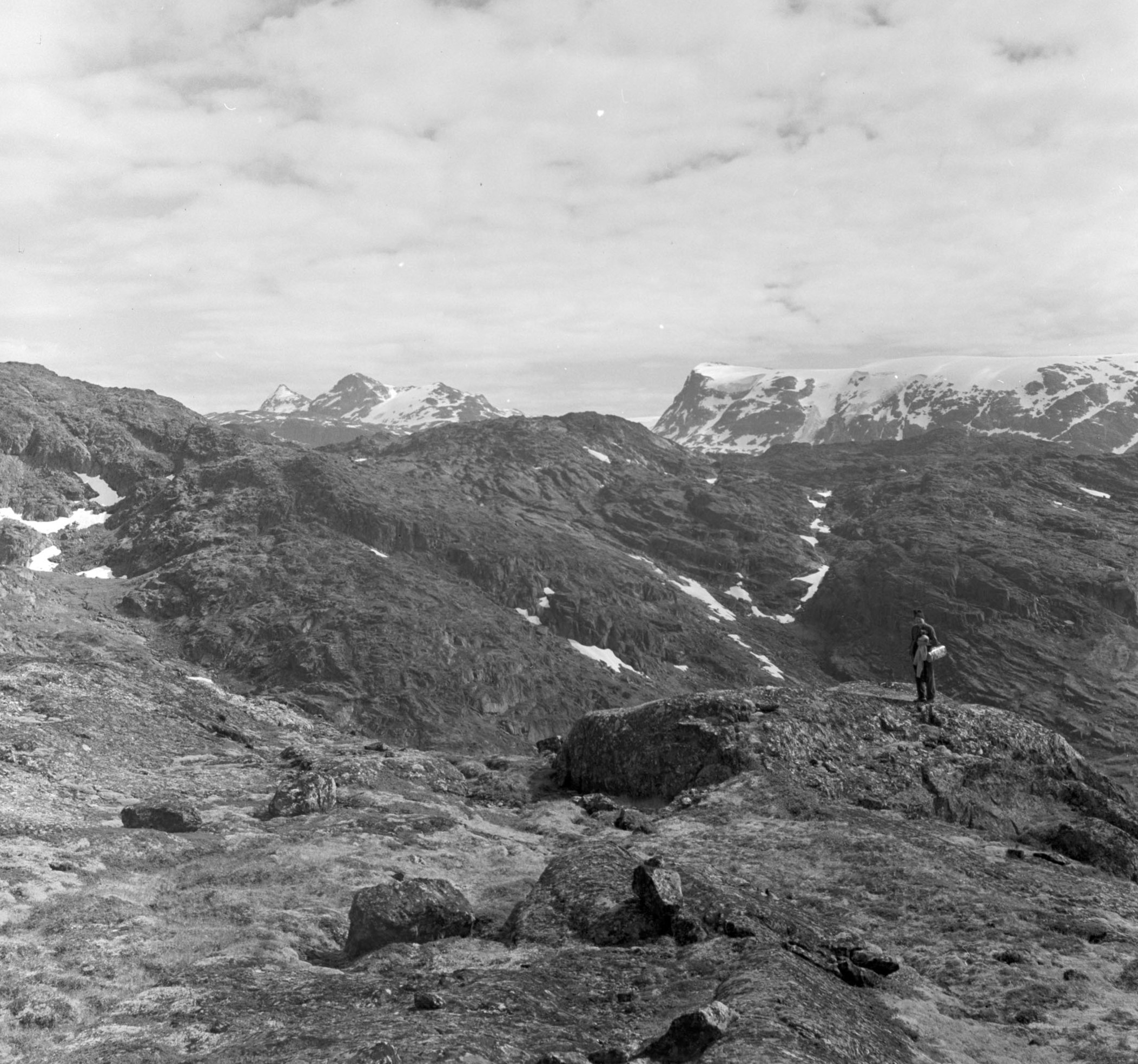
Rutherford Platt; Rutherford Platt standing on rocky landscape, heavy clouds above; Jul-54; image; cellulose acetate; 6 x 6cm (2 3/8 x 2 3/8 in.); North America
I wanted to announce the launching of my new website Climate Calamities.
I am inspired by two different impulses: my father Rutherford Platt’s career as a naturalist and explorer, particularly in the Arctic. His writings such as This Green World, Our Flowering World, and the River of Life, are filled with the wonder of nature. He was a self taught naturalist and his great desire was to share his knowledge with the general public. I deeply appreciate what he did and want to honor it on my new blog as a starting point.
The second impulse is, as seen in the name, the current situation for the planet.
I feel ever more urgently that we are looking at the end of life as we know it within the lifetimes of our grandchildren and maybe sooner. As I look at newborn babies, and then at the predictions for 2030 2040 I think of them as children and teenagers.
Today we are all suffering from the Covid 19 pandemic in many different ways, immediately, with death of family members, with the excruciating service of front line workers, of the anxiety about our own health, with fear for exposure, and fear of travel. And of course for parents there is a whole other layer of anxiety about their children, the schools, their future.
I see the virus and the spread of the virus as a manifestation of climate change: as we destroy animal habitats the viruses they carry will ever more frequently be passed to us. Many people say this is only the first pandemic and not the worst.
Recently I read Octavia Butler’s book Parable of a Sower, it is a dystopian view of the future ( set in 2025! written in 1993). I am planning to write about all the books I have been reading about climate change on my new blog.
Meanwhile we have the forest fire season, the virus, and the immediate opening or not opening of schools.
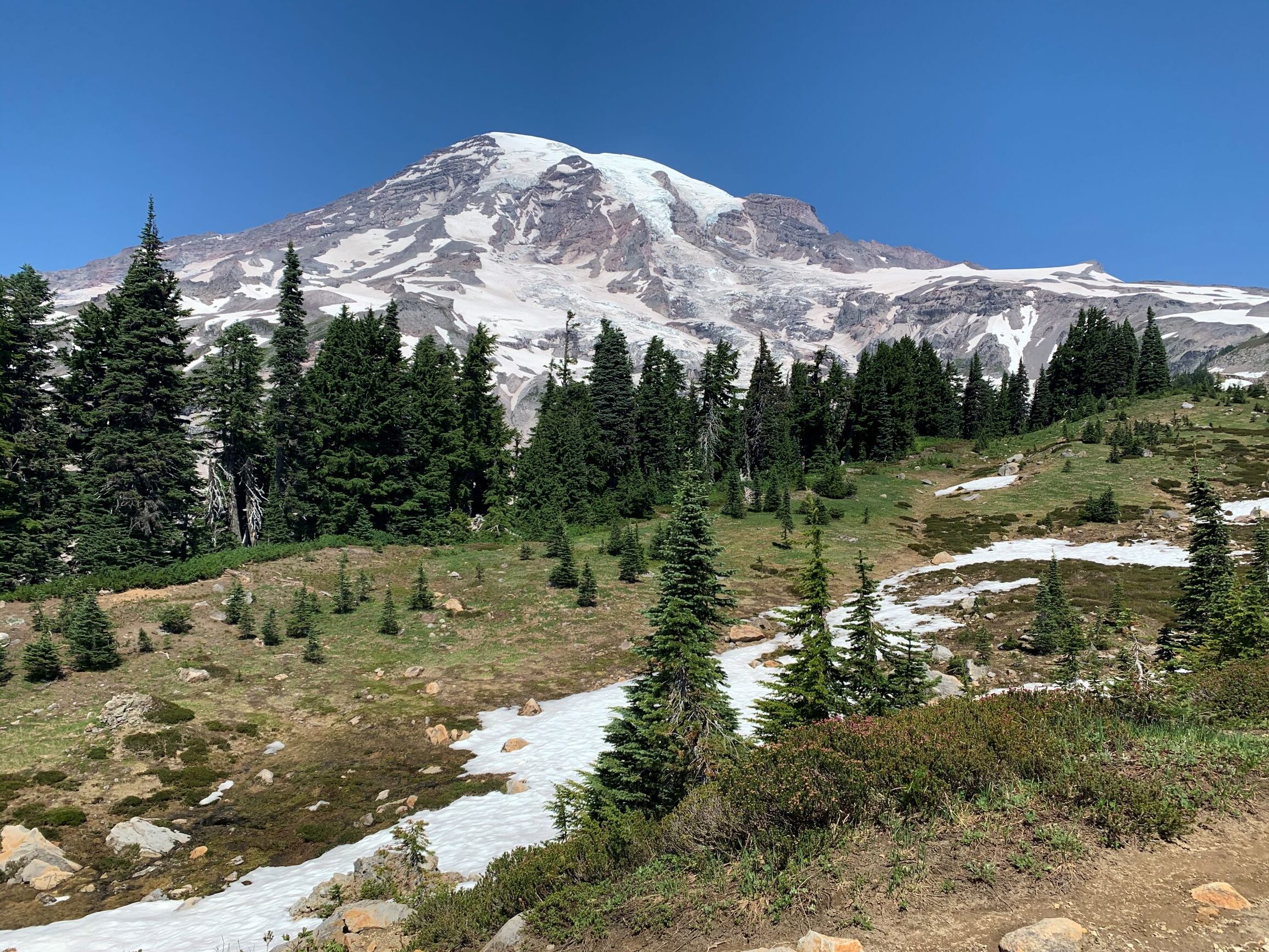
The book I am reading now follows my recent trip to Mt Rainier, TAHOMA AND ITS PEOPLE A Natural History of Mount Rainier National Park by Jeff Antonelis-Lapp
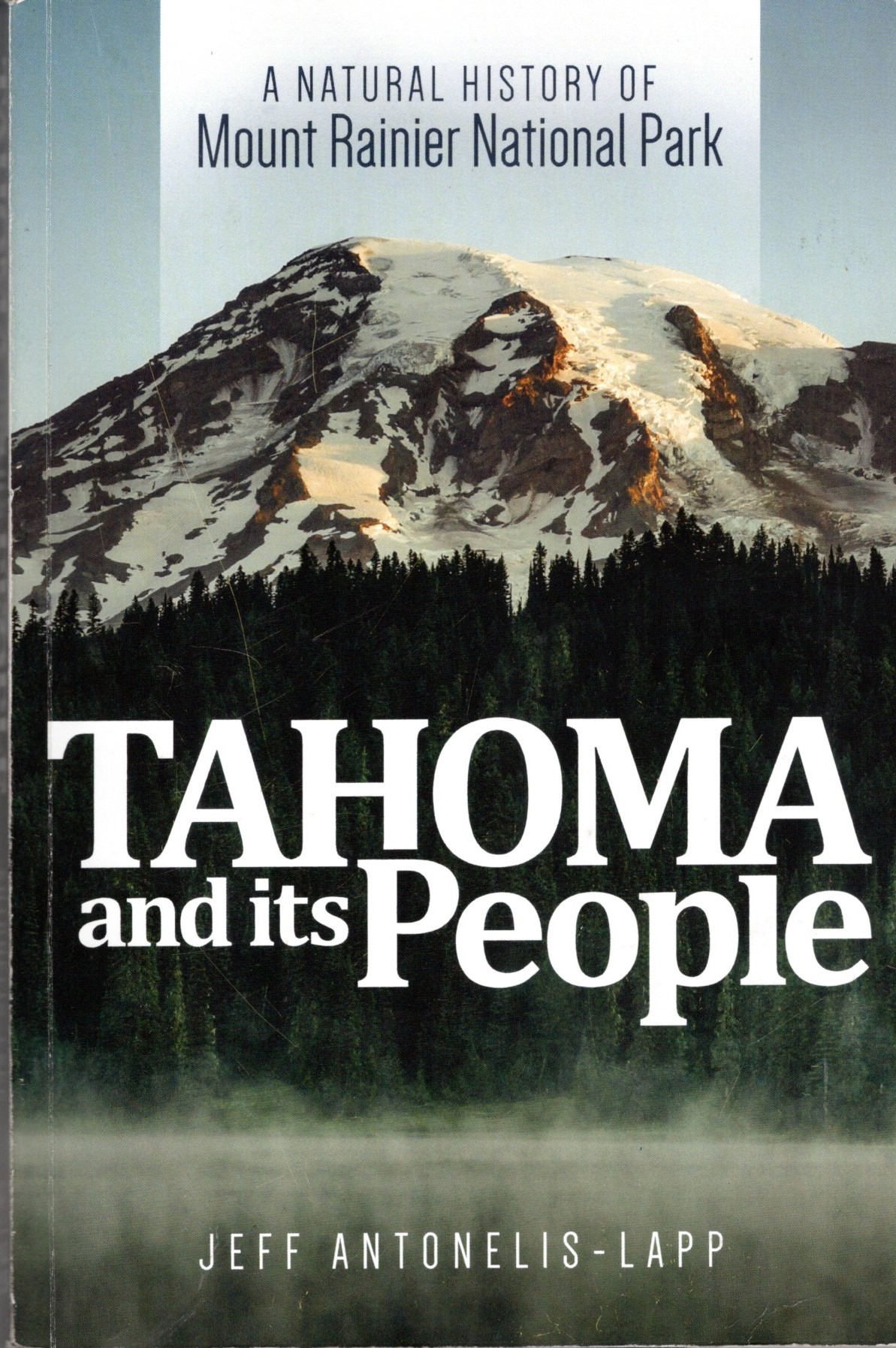
It has clarified for me exactly what I saw on the trip ( and didn’t see) as a result of the European races massive destruction of the ecosystems here in the Northwest starting in 1851. In such a short time we have destroyed ecosystems on an unimaginable scale.
The book elaborates on the glaciers ( I hadn’t realized that there are many different glaciers composing the mountain), the meadows, the trees, the wild flowers, the birds, the creatures, the water systems, and much more, all of them threatened, destroyed, or partially saved through massive efforts.
In particular the wildflowers we saw in the meadows had to be carefully re established and maintained! 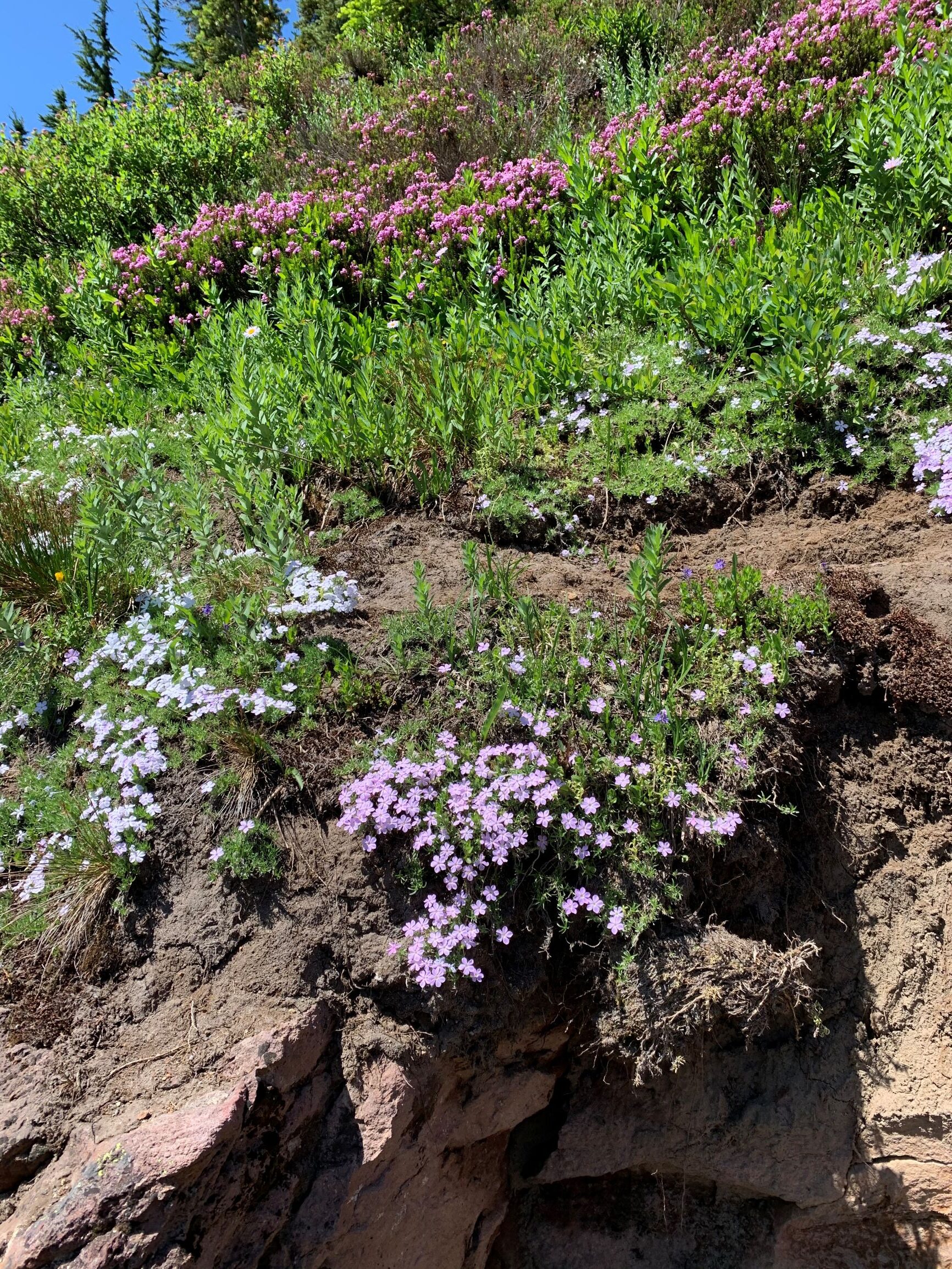
He also writes about the Nisqually River and its incredible lahars, outburst floods from the glacier.
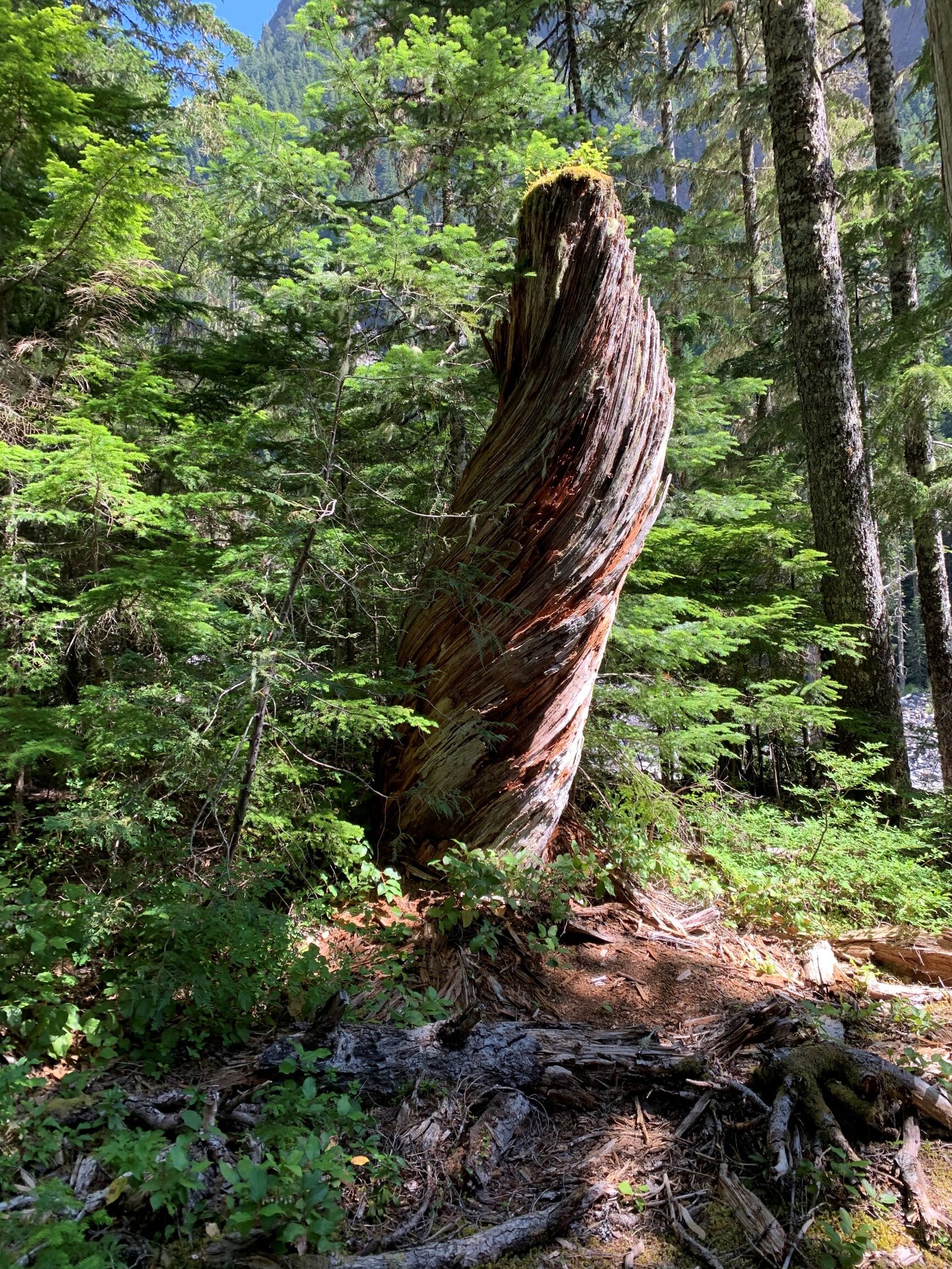
We were baffled by this twisted tree. A huge force led it to twist, or it grew that way?
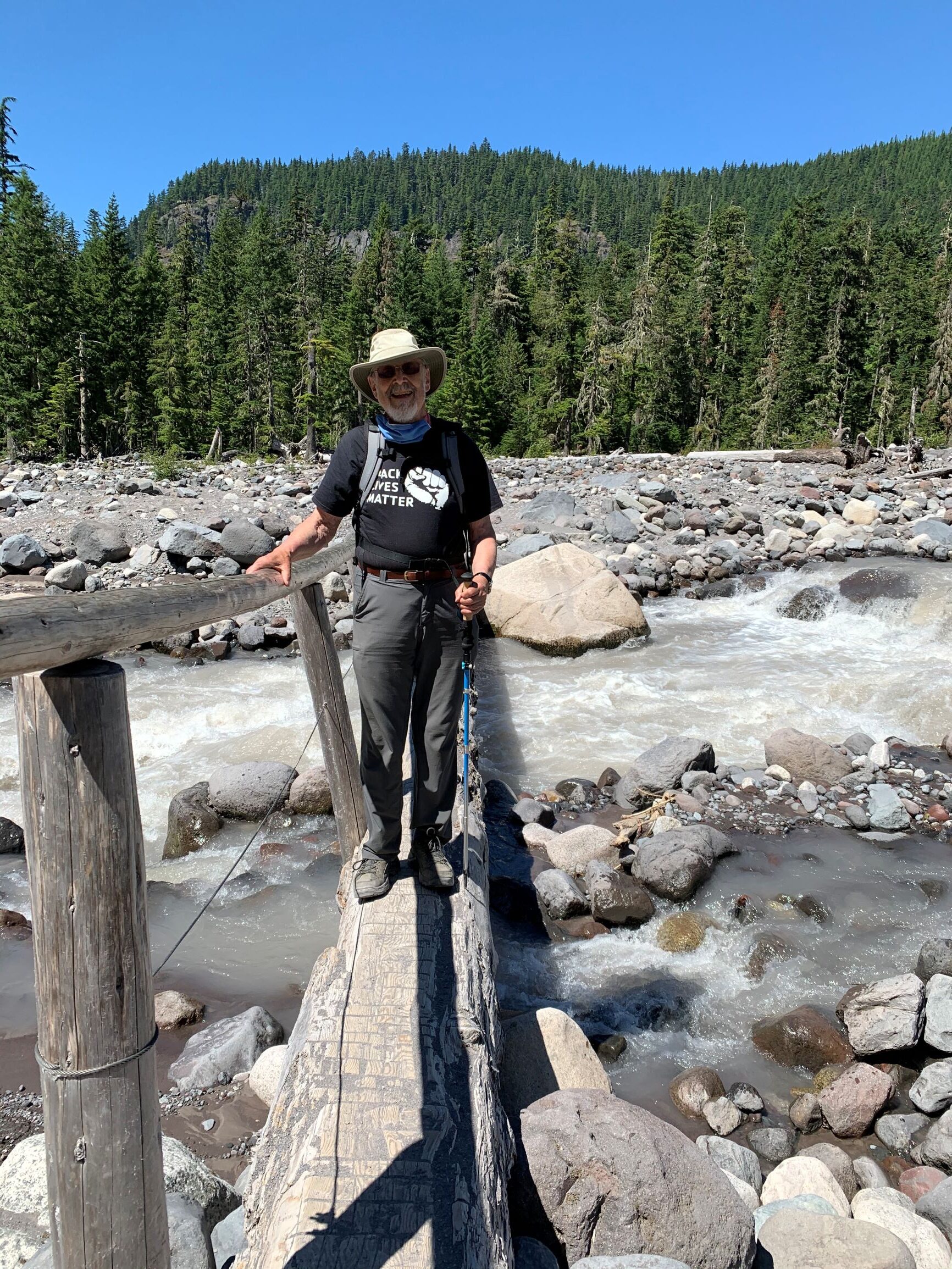
The bridge across the Nisqually. You can see how wide the river’s bed is as a result of huge lahars.
That is why we saw a huge wide channel with random dead trees standing in it. 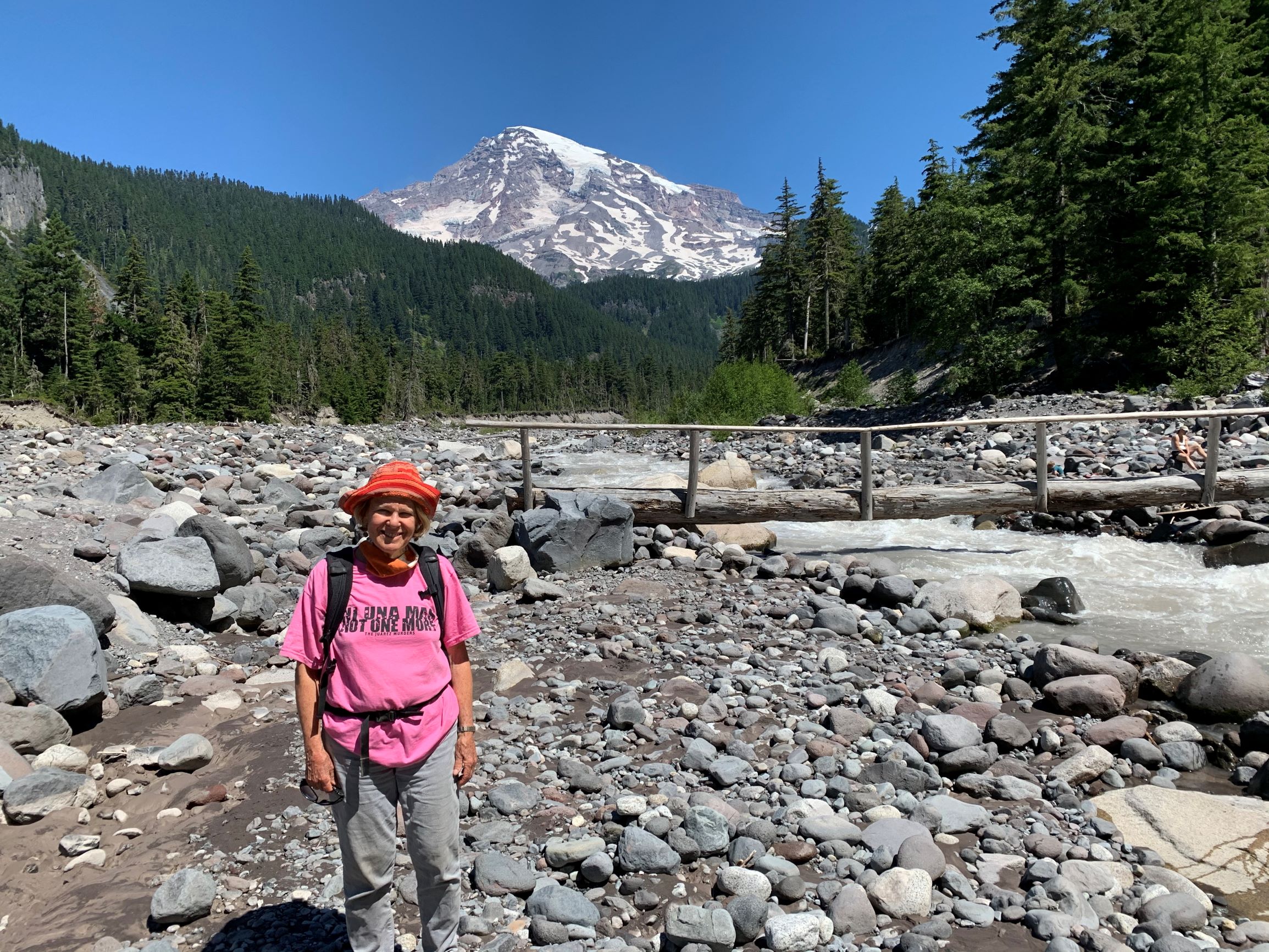
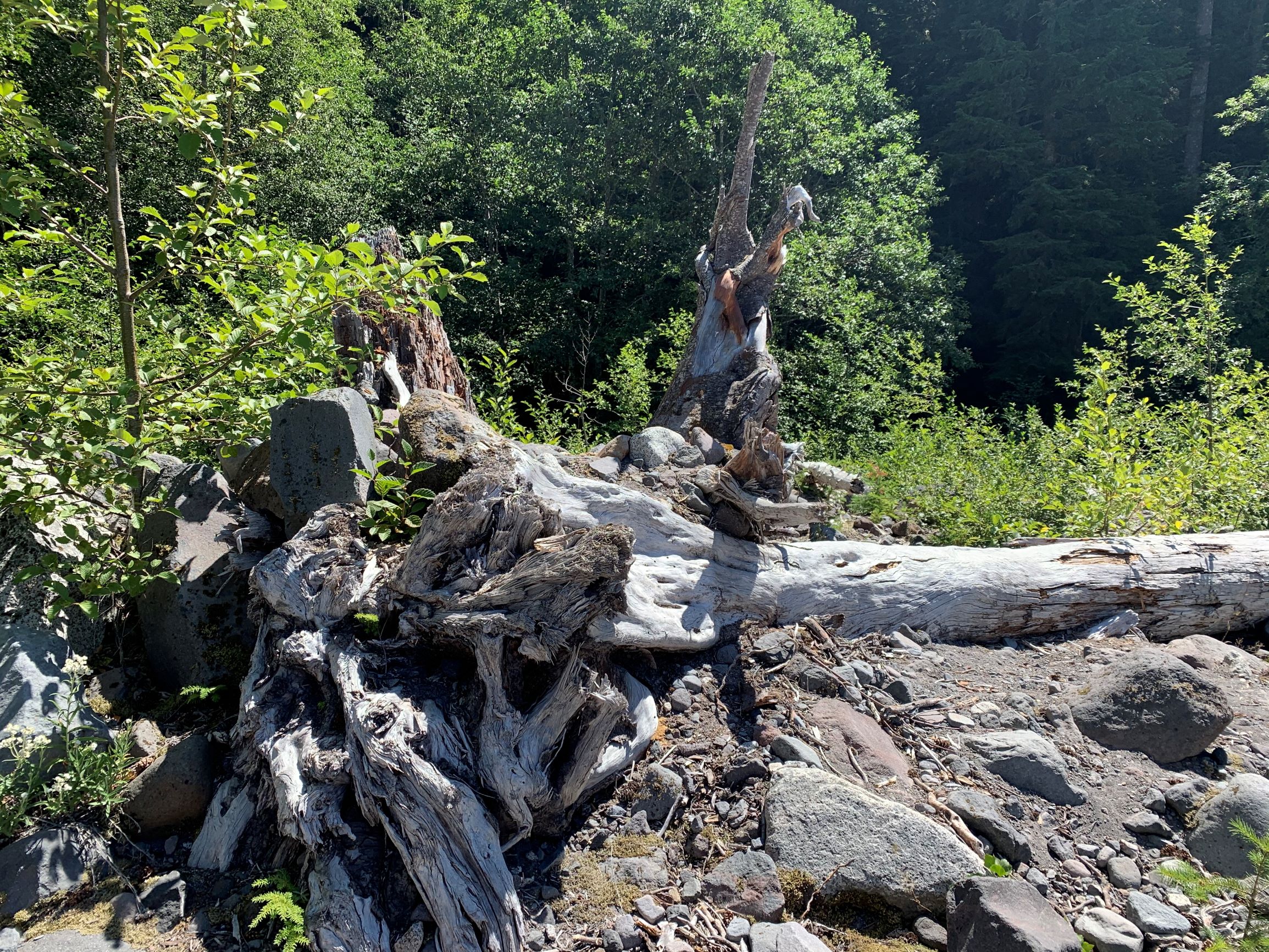
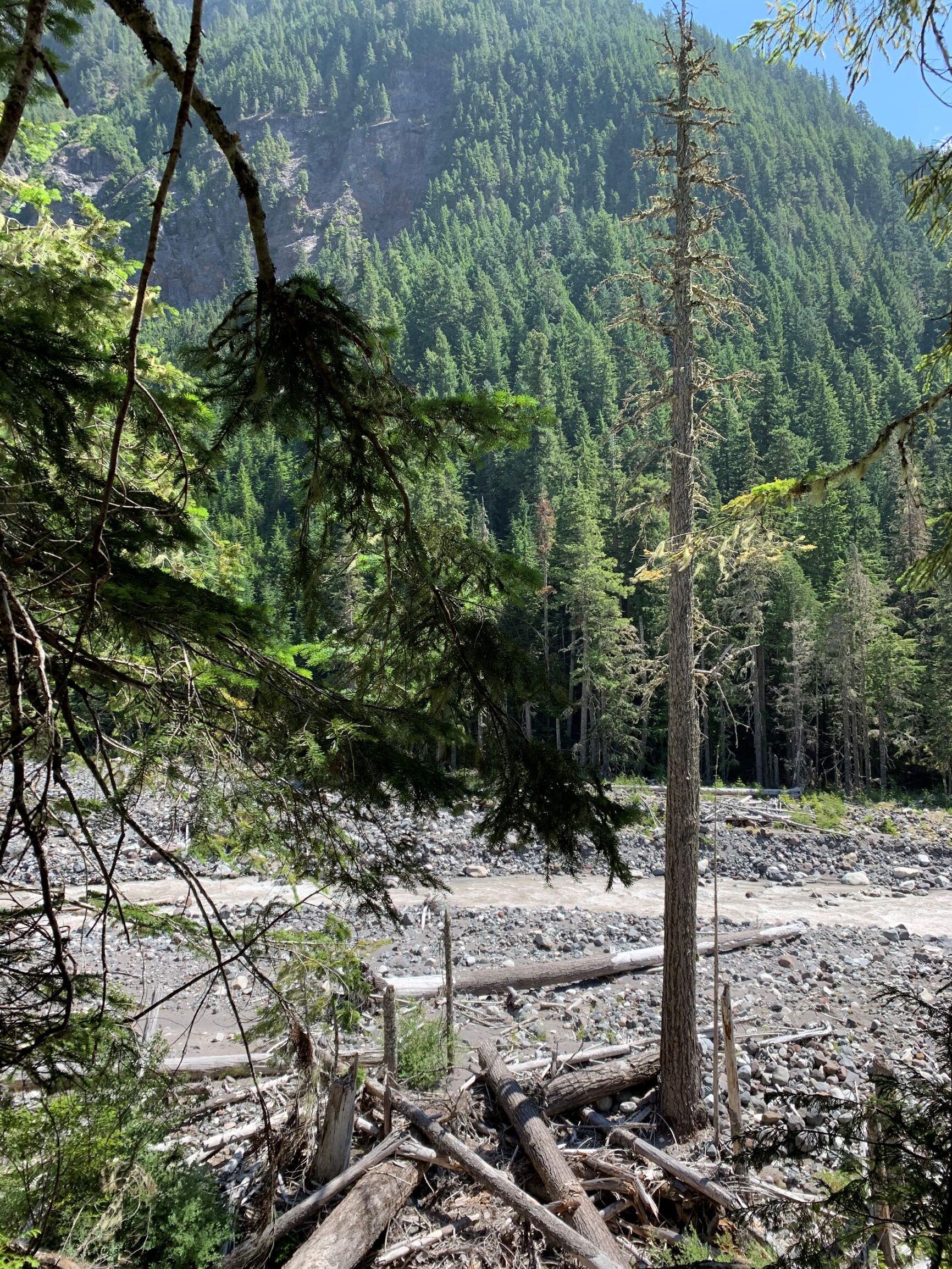
The Narada Falls were explained on a sign as falling between two layers of rock, the lava from the mountain and the underlying, much harder granite.
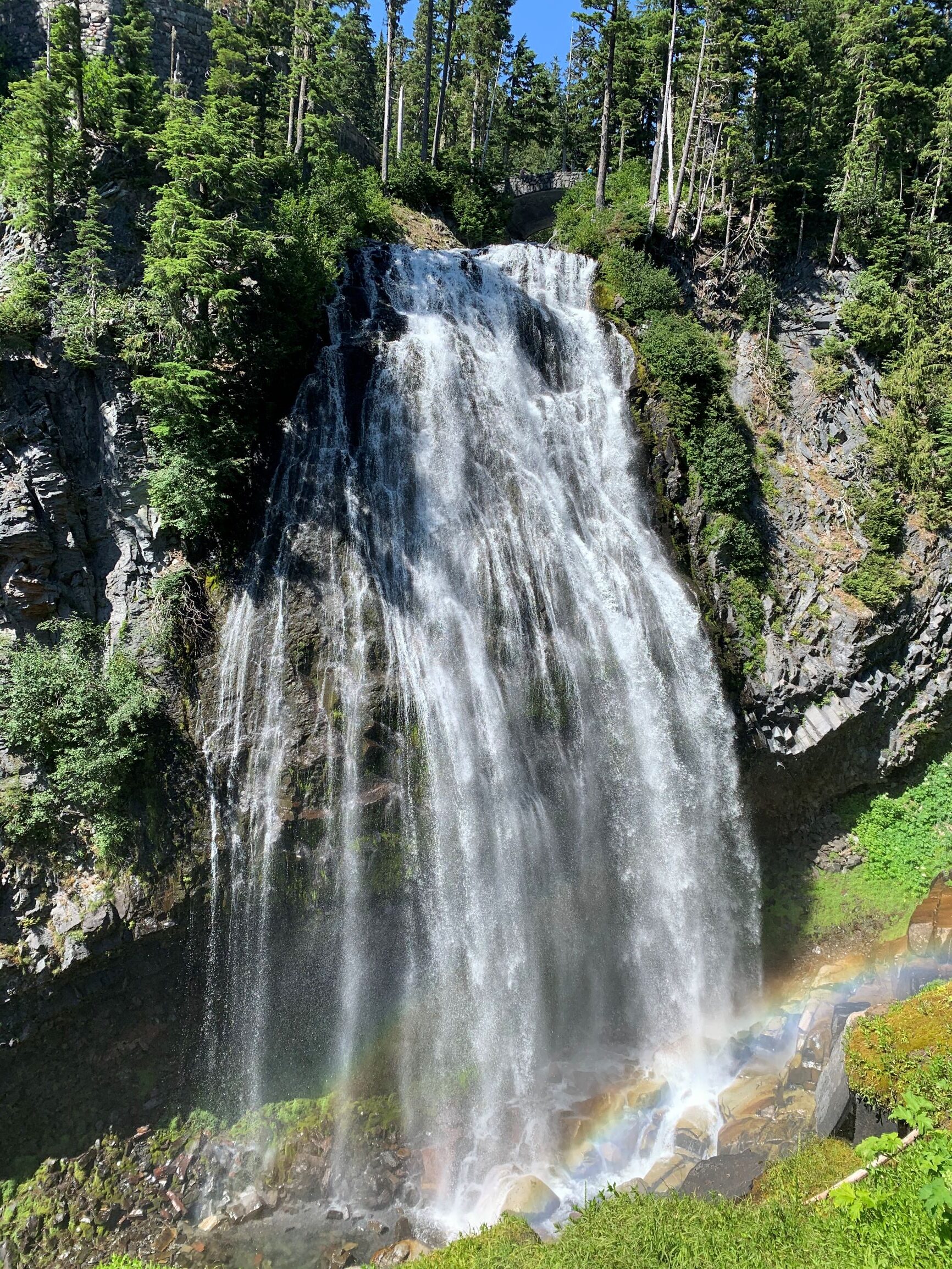
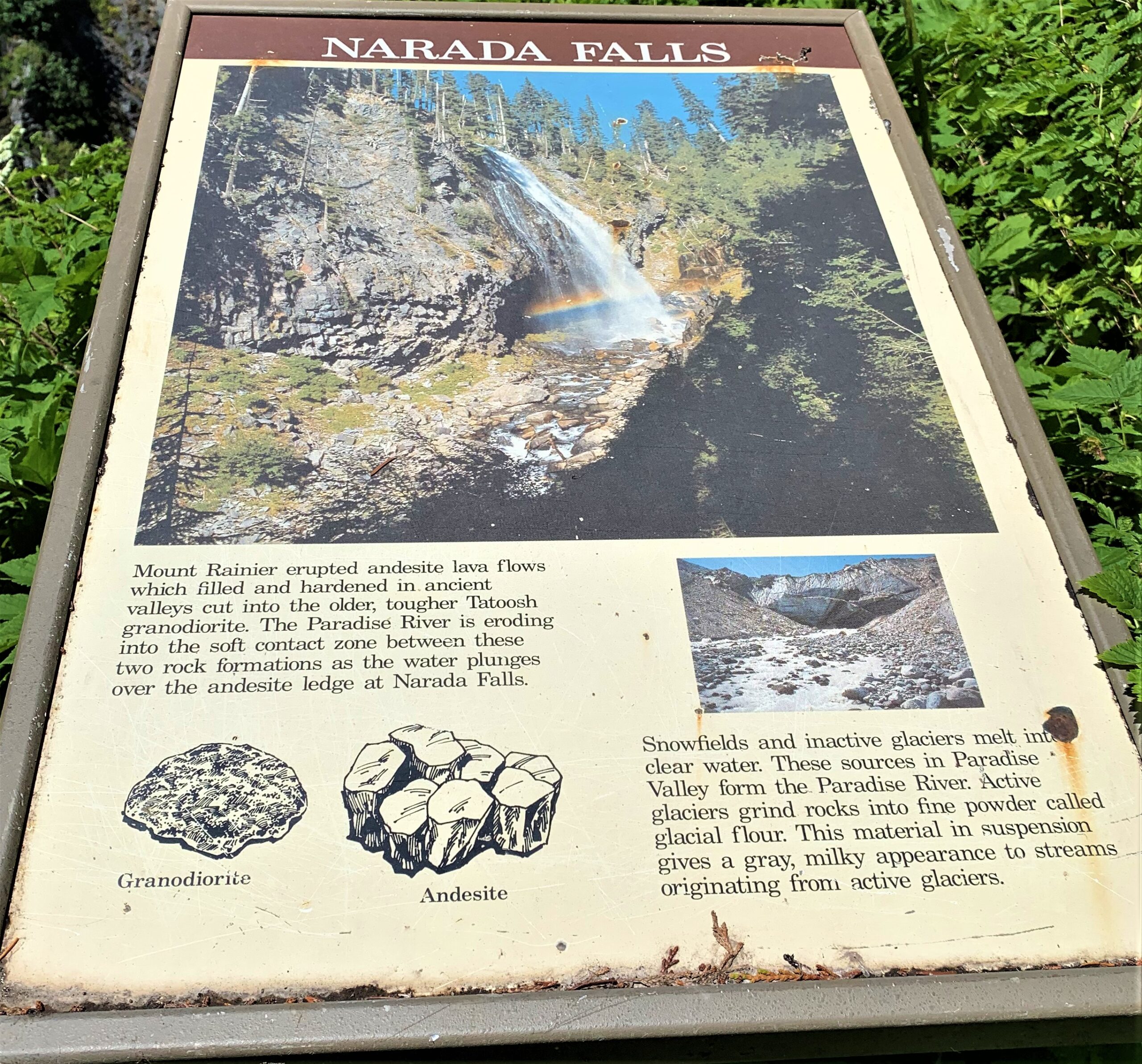
and the deep woods around the Wonderland Trail. Not as deep as they used to be, and many ecological balances are disturbed by warmer winters, leading to infestations of pine bark beetles among other changes. We heard about pine bark beetle damage at Crater Lake four years ago as a result of warmer winters. The Clark’s nutcracker, the iconic bird of these forests, is disrupted in its key functions by pine bark beetle damage.
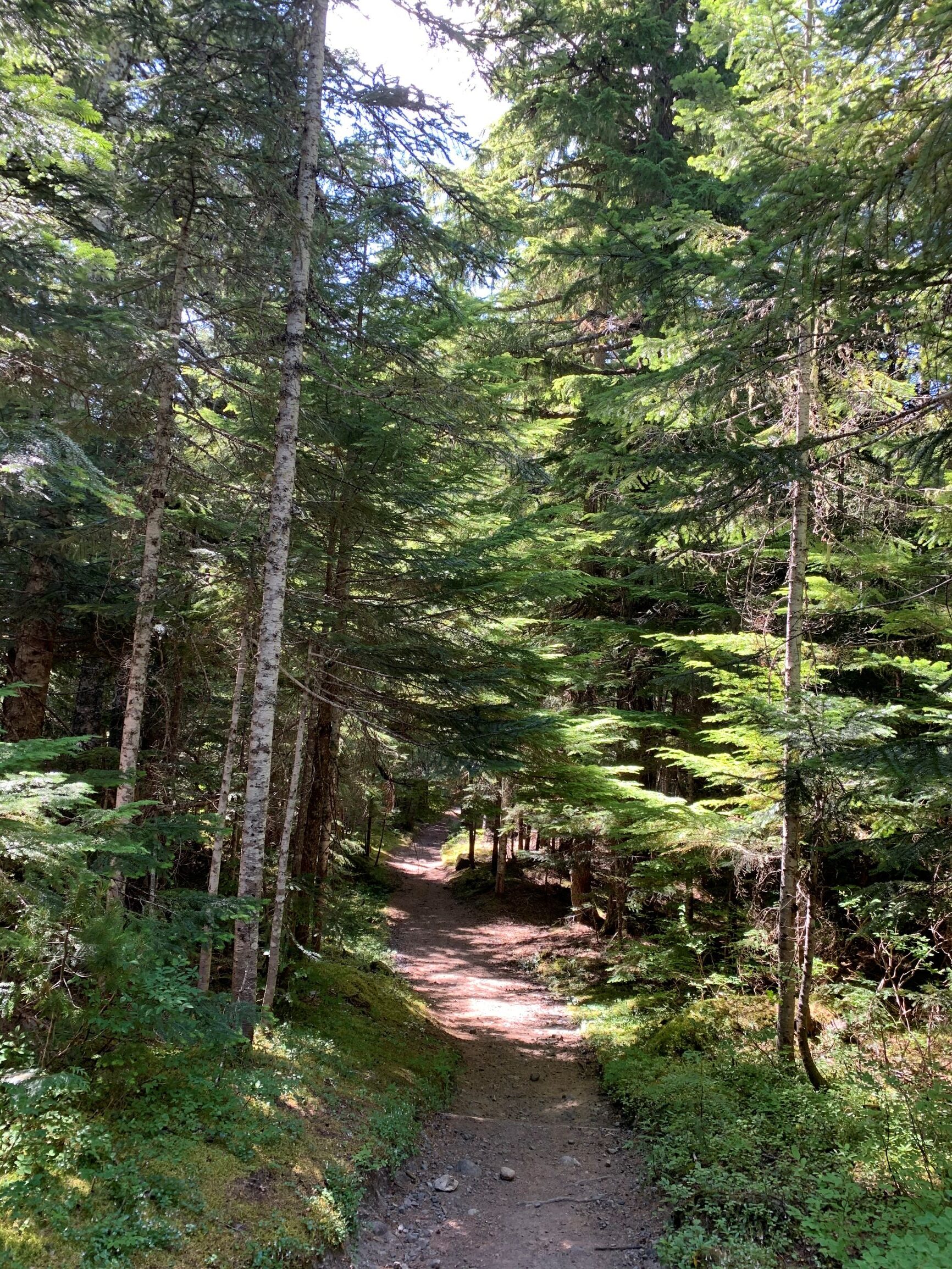
Our landlords at the Stone Creek Lodge showed us photos of ground water flooding in the winter behind their lodge. This is a result of climate change as well, more rain in the winter. And they mentioned that they had mosquitoes for the first time this year. But it was a wonderful place to stay. They couldn’t have been more gracious hosts.
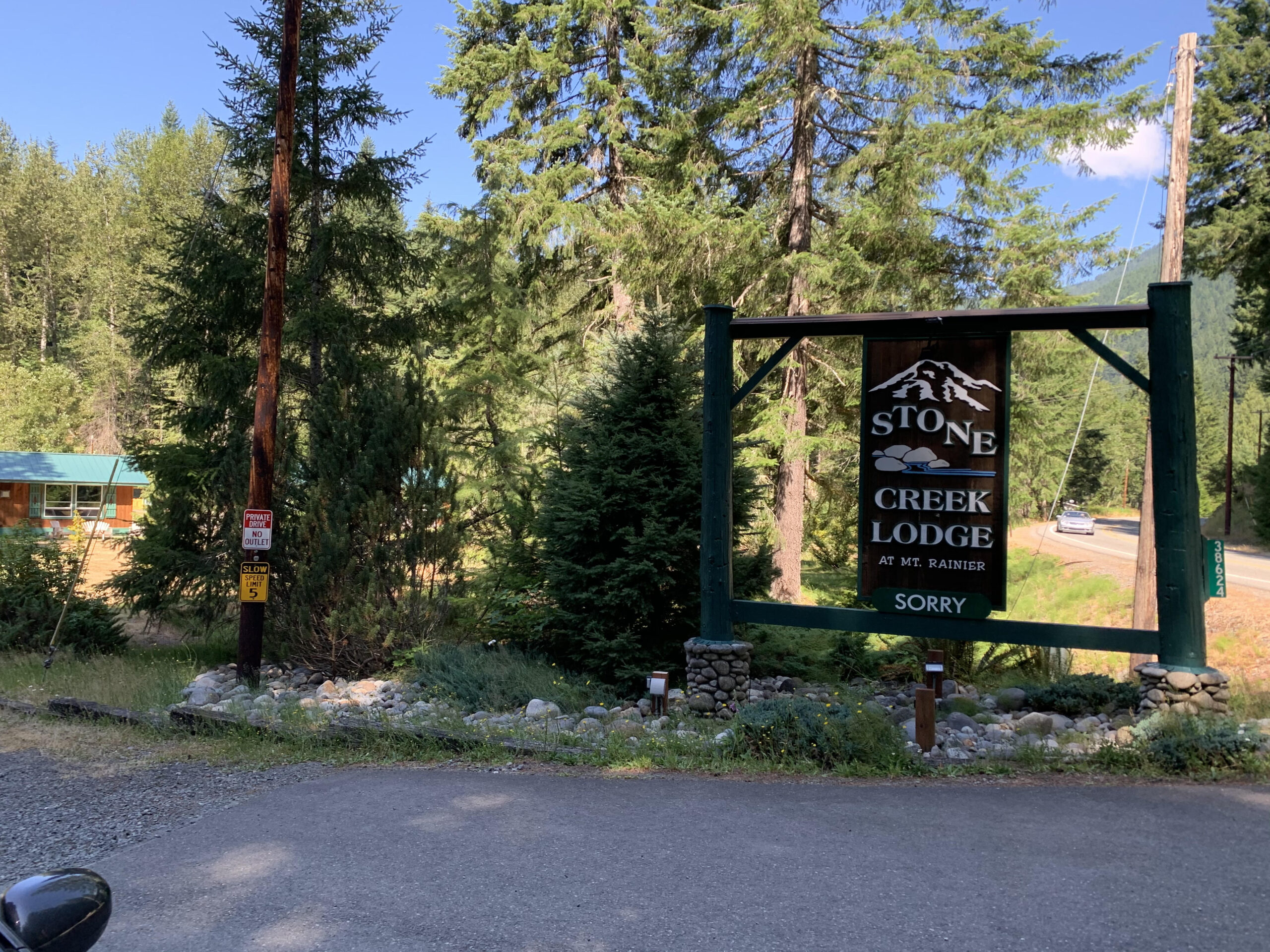
Jeff Antonelis-Lapp’s book includes ancient Indigenous histories, recent cultures of Indigenous peoples as they found so many natural resources there.
He basically circles the mountain going to each entrance, and speaks of the special features of each part of the mountain, its ancient history, its native history, its current state.
The tribal groups have been essential to present day efforts at restoration especially in the Nisqually delta, near the home of the famous Billy Frank at Frank’s Landing. So when you go to Mt Rainier or even when you just gaze on it from Seattle, remember its long long history geologically, and its present state, threatened by climate change.
But above all feel uplifted by its majesty. 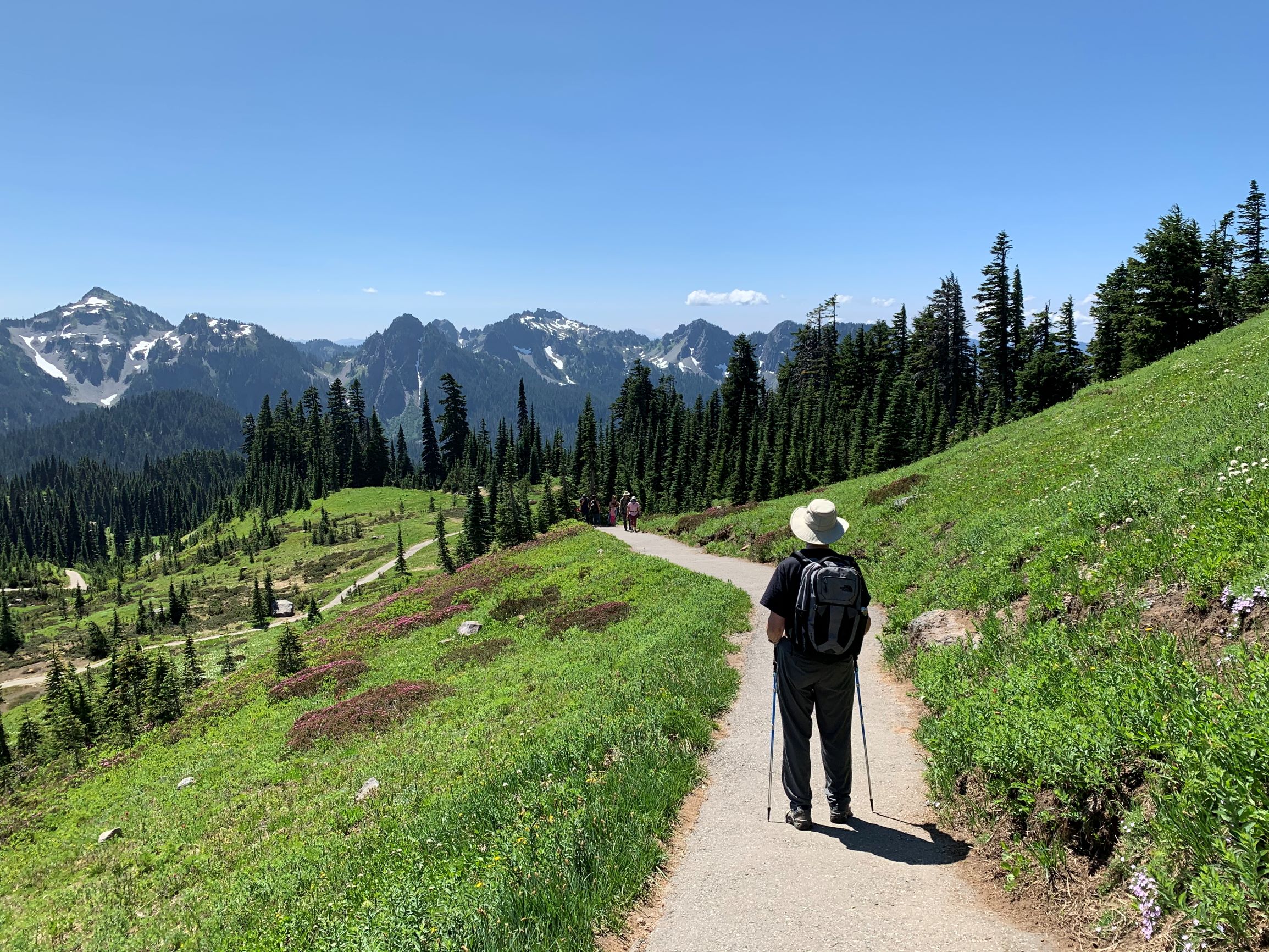
We could easily see that there was less snow on the glaciers of Mt Rainier than even two years ago when we were at Sunrise.
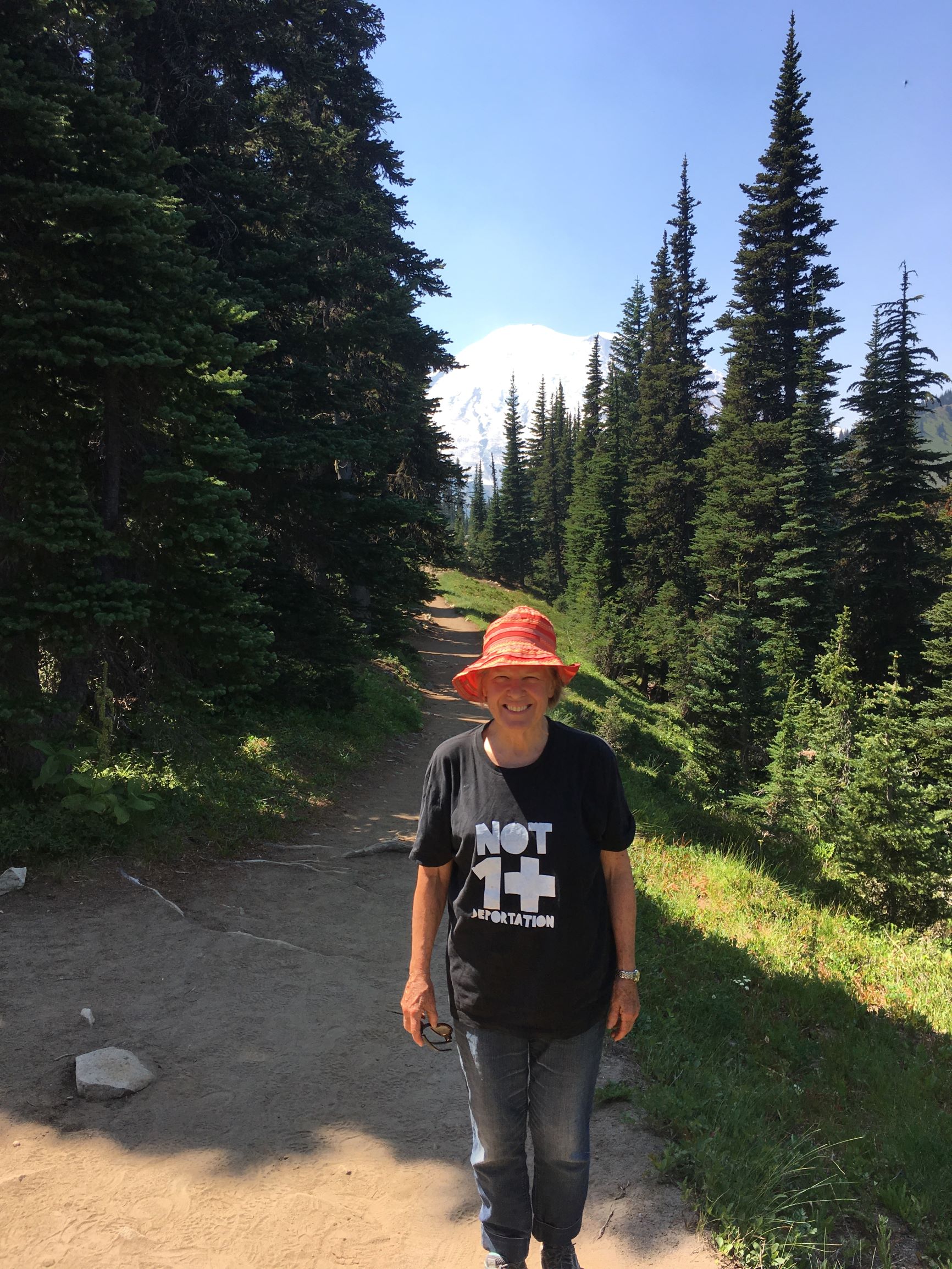
We know that the Greenland glaciers are melting very very fast. And today ferocious wild fires are burning in California and a huge hurricane is headed for the Gulf Coast of the US. Climate Calamities are here.
Go to my new blog Climate Calamities soon for more reporting on that topic. I am so inspired by remembering my fathers trips to the Arctic in 1947 and 1954 to follow the situation today.
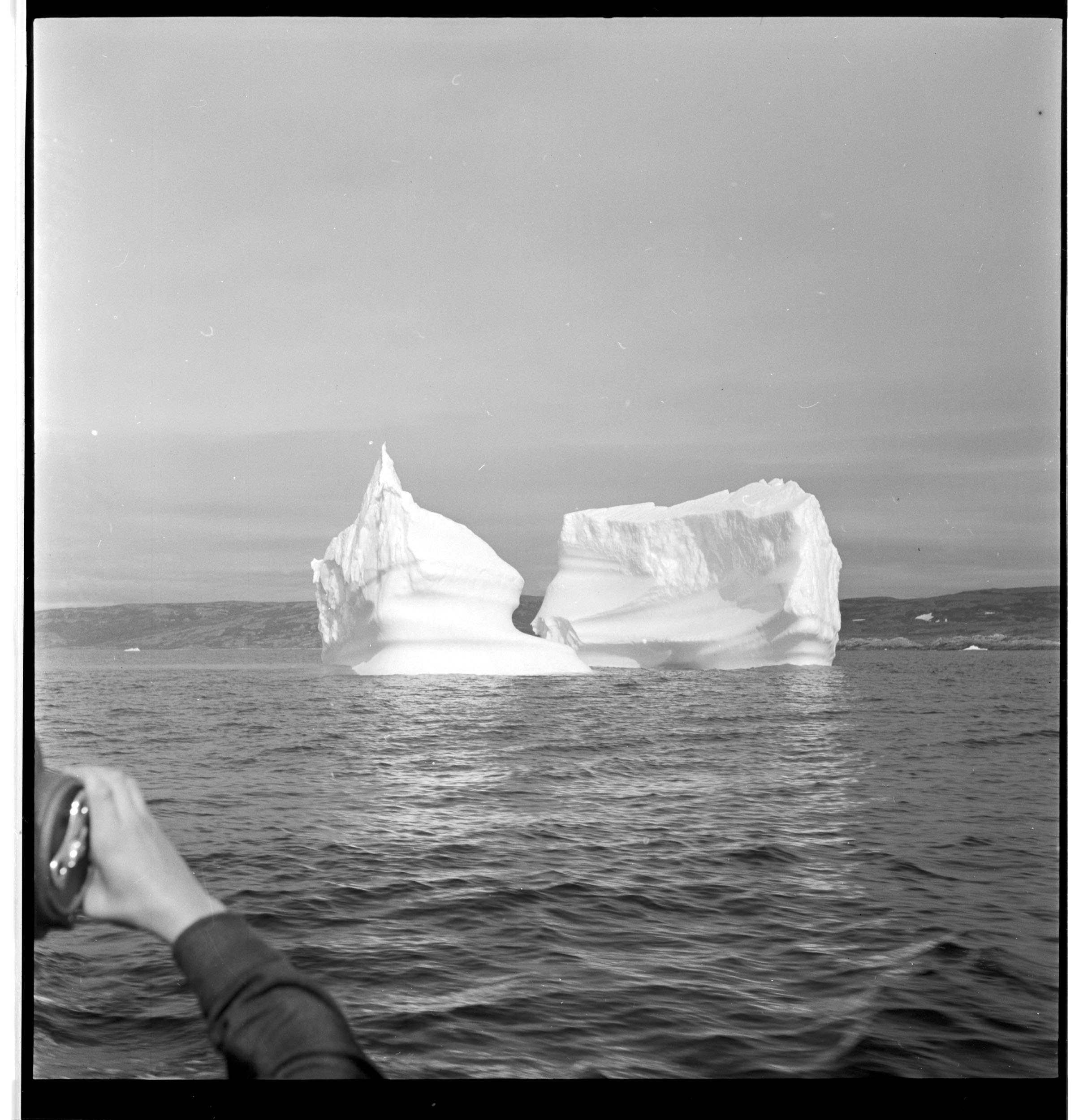
Rutherford Platt; Icebergs; Jul-54; image; cellulose acetate; 6 x 6cm (2 3/8 x 2 3/8 in.); North America
This entry was posted on August 26, 2020 and is filed under ecology.








